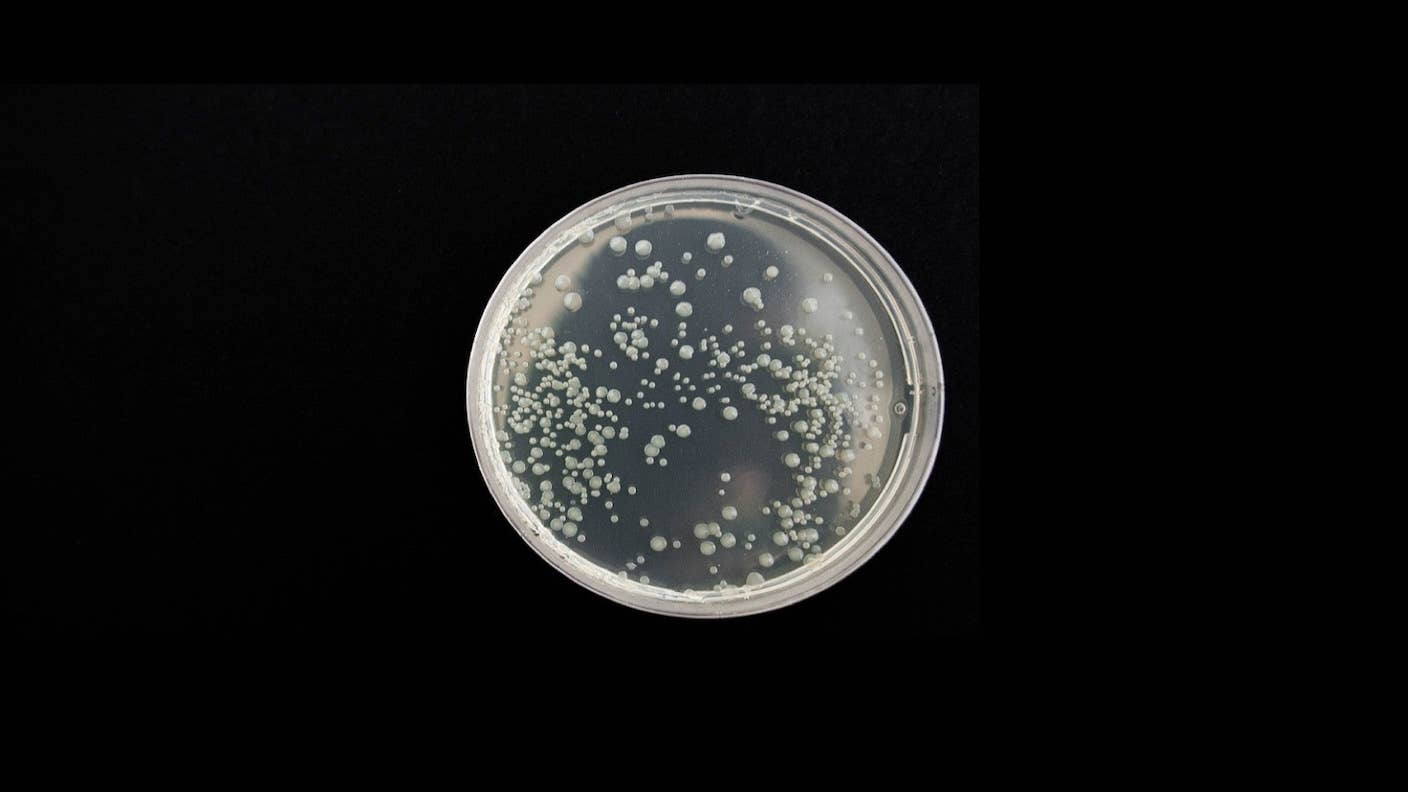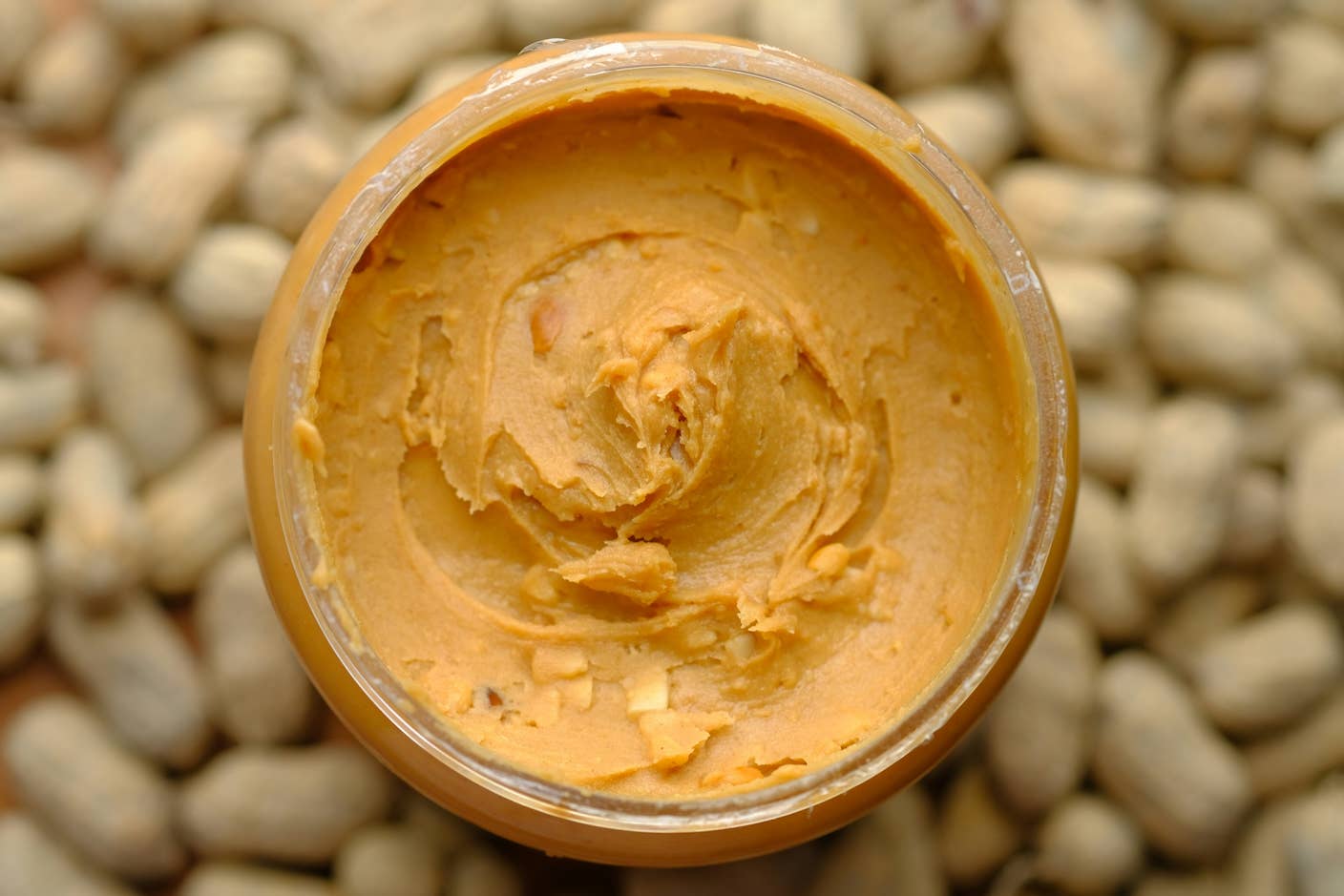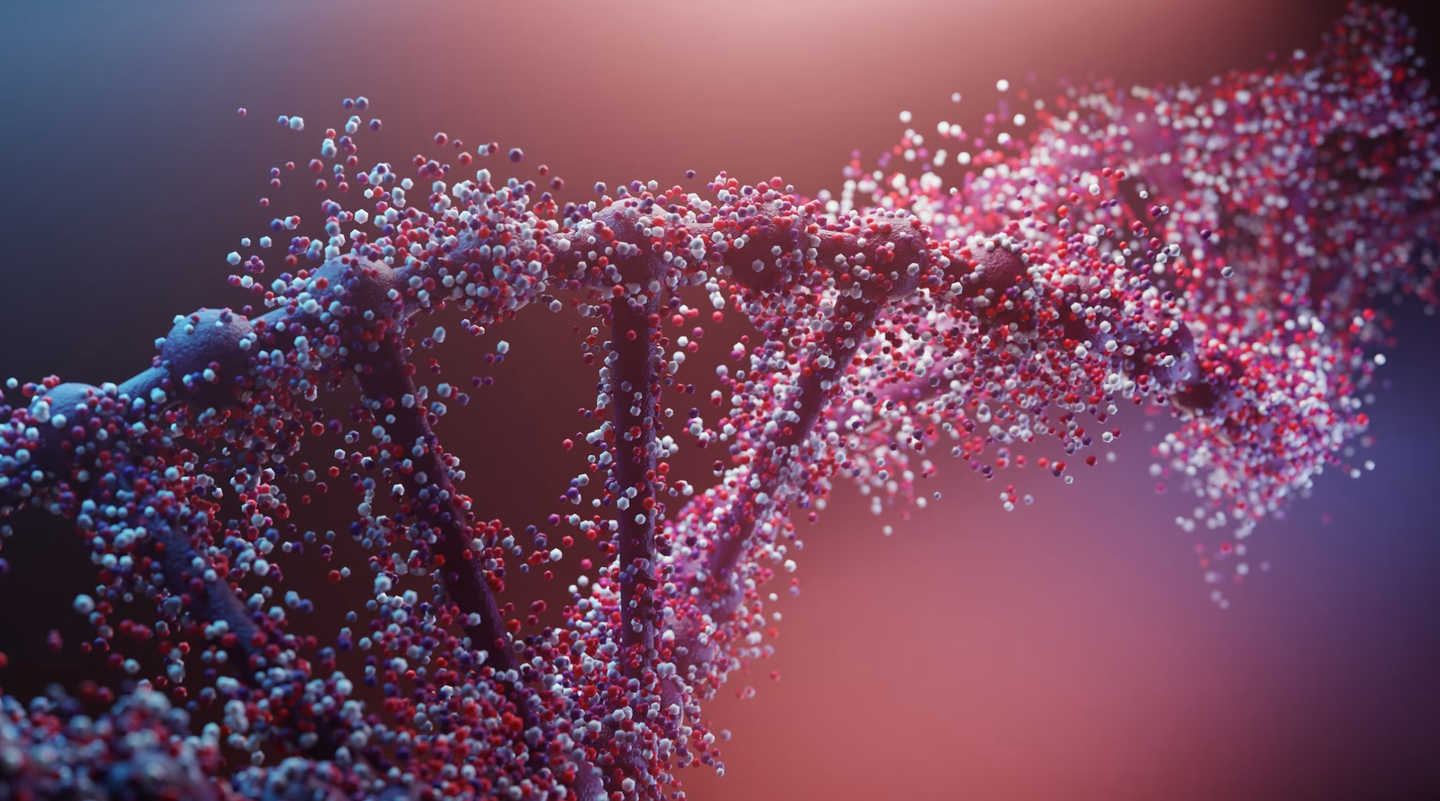Scientists Used CRISPR to Engineer a New ‘Superbug’ That’s Invincible to All Viruses

Share
Can we reprogram existing life at will?
To synthetic biologists, the answer is yes. The central code for biology is simple. DNA letters, in groups of three, are translated into amino acids—Lego blocks that make proteins. Proteins build our bodies, regulate our metabolism, and allow us to function as living beings. Designing custom proteins often means you can redesign small aspects of life—for example, getting a bacteria to pump out life-saving drugs like insulin.
All life on Earth follows this rule: a combination of 64 DNA triplet codes, or “codons,” are translated into 20 amino acids.
But wait. The math doesn’t add up. Why wouldn’t 64 dedicated codons make 64 amino acids? The reason is redundancy. Life evolved so that multiple codons often make the same amino acid.
So what if we tap into those redundant “extra” codons of all living beings, and instead insert our own code?
A team at the University of Cambridge recently did just that. In a technological tour de force, they used CRISPR to replace over 18,000 codons with synthetic amino acids that don’t exist anywhere in the natural world. The result is a bacteria that’s virtually resistant to all viral infections—because it lacks the normal protein “door handles” that viruses need to infect the cell.
But that’s just the beginning of engineering life’s superpowers. Until now, scientists have only been able to slip one designer amino acid into a living organism. The new work opens the door to hacking multiple existing codons at once, copyediting at least three synthetic amino acids at the same time. And when it’s 3 out of 20, that’s enough to fundamentally rewrite life as it exists on Earth.
We’ve long thought that “liberating a subset of…codons for reassignment could improve the robustness and versatility of genetic-code expansion technology,” wrote Drs. Delilah Jewel and Abhishek Chatterjee at Boston College, who were not involved in the study. “This work elegantly transforms that dream into a reality.”
Hacking the DNA Code
Our genetic code underlies life, inheritance, and evolution. But it only works with the help of proteins.
The program for translating genes, written in DNA’s four letters, into the actual building blocks of life relies on a full cellular decryption factory.
Think of DNA’s letters—A, T, C, and G—as a secret code, written on a long slip of crinkled paper wrapped around a spool. Groups of three “letters,” or codons, are the crux—they encode which amino acid a cell makes. A messenger molecule (mRNA), a spy of sorts, stealthily copies the DNA message and sneaks back into the cellular world, shuttling the message to the cell’s protein factory—a sort of central intelligence organization.
There, the factory recruits multiple “translators” to decipher the genetic code into amino acids, aptly named tRNAs. The letters are grouped in threes, and each translator tRNA physically drags its associated amino acid to the protein factory, one by one, so that the factory eventually makes a chain that wraps into a 3D protein.
But like any robust code, nature has programmed redundancy into its DNA-to-protein translation process. For example, the DNA codes TCG, TCA, AGC, and AGT all encode for a single amino acid, serine. While it works in biology, the authors wondered: what if we tap into that code, hijack it, and redirect some of life’s directions using synthetic amino acids?
Hijacking the Natural Code
The new study sees nature’s redundancy as a way to introduce new capabilities into cells.
For us, one question was “could you reduce the number of codons that are used to encode a particular amino acid, and thereby create codons that are free to create other monomers [amino acids]?” asked lead author Dr. Jason Chin.
For example, if TCG is for serine, why not free up the others—TCA, AGC, and AGT— for something else?
It’s a great idea in theory, but a truly daunting task in practice. It means that the team has to go into a cell and replace every single codon they want to reprogram. A few years back, the same group showed that it’s possible in E. Coli, the lab and pharmaceutical’s favorite bug. At that time, the team made an astronomical leap in synthetic biology by synthesizing the entire E. Coli genome from scratch. During the process, they also played around with the natural genome, simplifying it by replacing some amino acid codons with their synonyms—say, removing TCGs and replacing them with AGCs. Even with the modifications, the bacteria were able to thrive and reproduce easily.
It’s like taking a very long book and figuring out which words to replace with synonyms without changing the meaning of sentences—so that the edits don’t physically hurt the bacteria’s survival. One trick, for example, was to delete a protein dubbed “release factor 1,” which makes it easier to reprogram the UAG codon with a brand new amino acid. Previous work showed that this can assign new building blocks to natural codons that are truly “blank”—that is, they don’t encode anything naturally anyways.
Be Part of the Future
Sign up to receive top stories about groundbreaking technologies and visionary thinkers from SingularityHub.


A Synthetic Creature
Chin’s team took this much further.
The team cooked up a method called REXER (replicon excision for enhanced genome engineering through programmed recombination)—yeah, scientists are all about the backcronyms—which includes the wunderkind gene editing tool, CRISPR-Cas9. With CRISPR, they precisely snipped out large parts of the E. coli bacterial genome, made entirely from scratch inside a test tube, and then replaced more than 18,000 occurrences of 'extra' codons that encode for serine with synonym codons.
Because the trick only targeted redundant protein code, the cells were able to go about their normal business—including making serine—but now with multiple natural codons free. It’s like replacing “hi” with “oy,” making “hi” now free to be assigned a completely different meaning.
The team next did some house cleaning. They removed the cells’ natural translators—the tRNAs—that normally read the now-defunct codons without harming the cells. They introduced new synthetic versions of tRNAs to read the new codons. The engineered bacteria were then naturally evolved inside a test tube to grow more rapidly.
The results were spectacular. The superpowered strain, Syn61.Δ3(ev5), is basically a bacterial X-Men that grows rapidly and is resistant to a cocktail of different viruses that normally infect bacteria.
“Because all of biology uses the same genetic code, the same 64 codons and the same 20 amino acids, that means viruses also use the same code…they use the cell’s machinery to build the viral proteins to reproduce the virus,” explained Chin. Now that the bacteria cell can no longer read nature’s standard genetic code, the virus can no longer tap into the bacterial machinery to reproduce—meaning the engineered cells are now resistant to being hijacked by almost any viral invader.
"These bacteria may be turned into renewable and programmable factories that produce a wide range of new molecules with novel properties, which could have benefits for biotechnology and medicine, including making new drugs, such as new antibiotics," said Chin.
Viral infection aside, the study rewrites what’s possible for synthetic biology.
“This will enable countless applications,” said Jewel and Chatterjee, such as completely artificial biopolymers, that is, materials compatible with biology that could change entire disciplines such as medicine or brain-machine interfaces. Here, the team was able to string up a chain of artificial amino acid building blocks to make a type of molecule that forms the basis of some drugs, such as those for cancer or antibiotics.
But perhaps the most exciting prospect is the ability to dramatically rewrite existing life. Similar to bacteria, we—and all life in the biosphere—operate on the same biological code. The study now shows it’s possible to get past the hurdle of only 20 amino acids making up the building blocks of life by tapping into our natural biological processes.
Next up, the team is looking to potentially further reprogram our natural biological code to encode even more synthetic protein building blocks into bacterial cells. They’ll also move towards other cells—mammalian, for example, to see if it’s possible to compress our genetic code.
Dr. Shelly Xuelai Fan is a neuroscientist-turned-science-writer. She's fascinated with research about the brain, AI, longevity, biotech, and especially their intersection. As a digital nomad, she enjoys exploring new cultures, local foods, and the great outdoors.
Related Articles

New Immune Treatment May Suppress HIV—No Daily Pills Required

Scientists Just Developed a Lasting Vaccine to Prevent Deadly Allergic Reactions

One Dose of This Gene Editor Could Defeat a Host of Genetic Diseases Suffered by Millions
What we’re reading